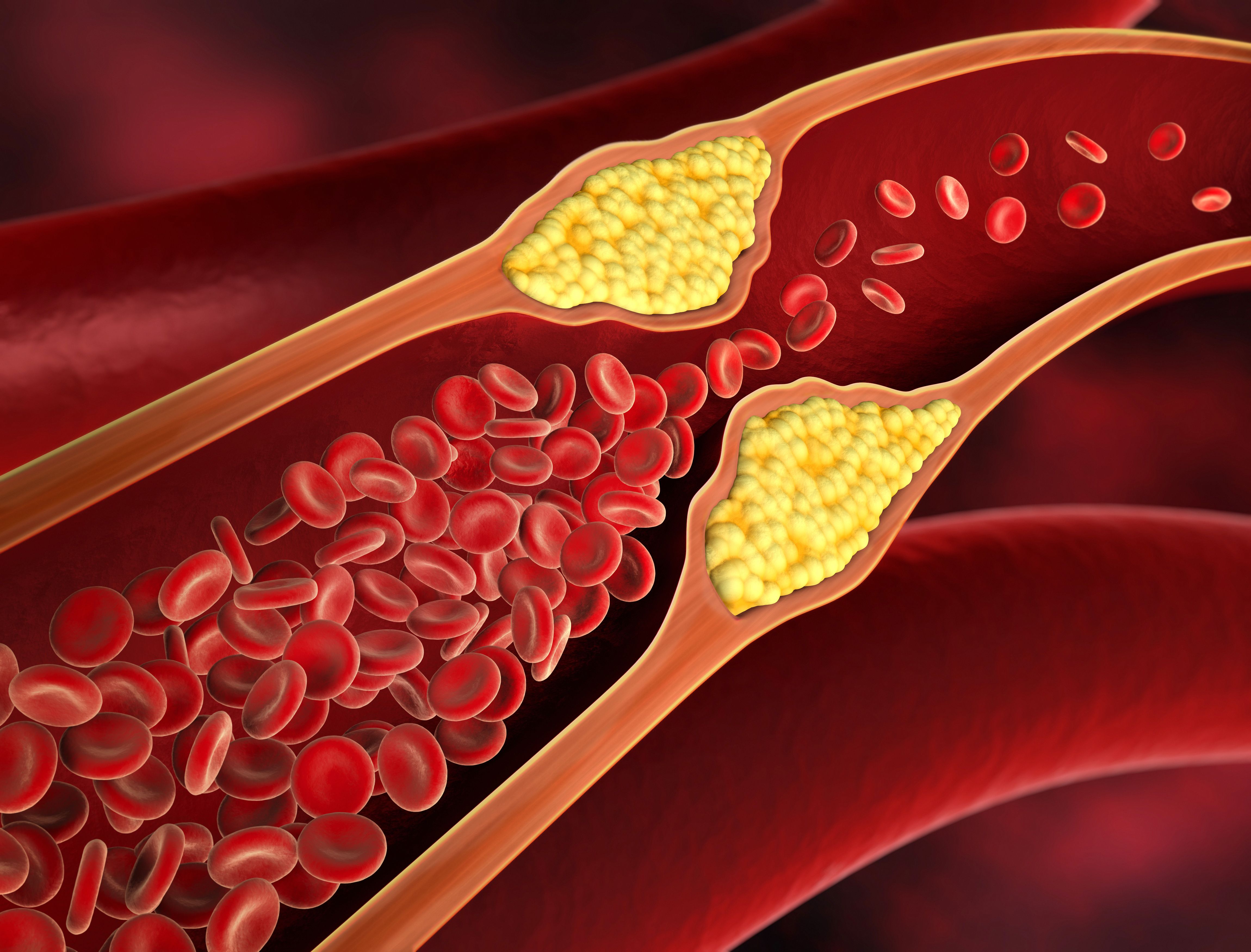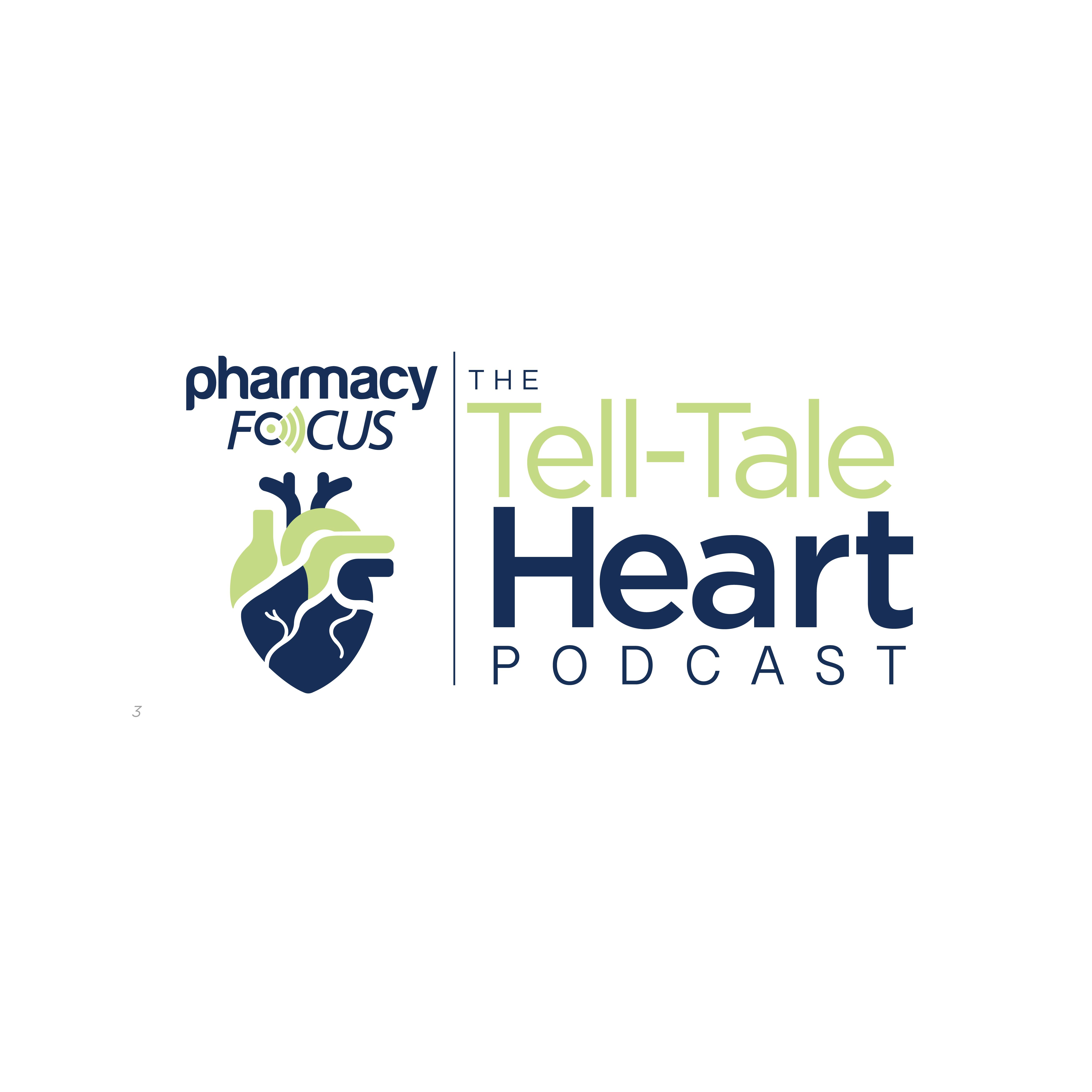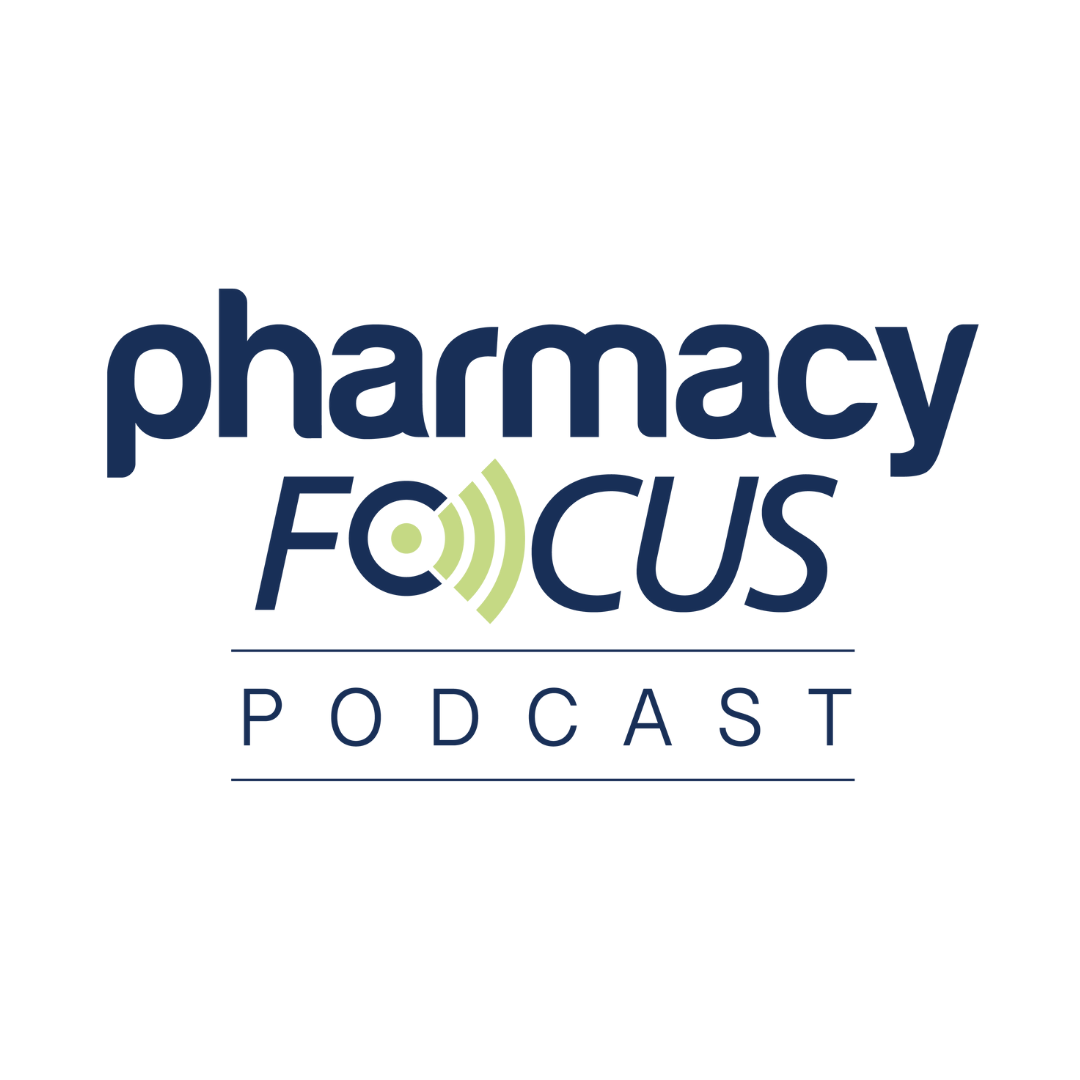News
Article
Findings Suggest Hemoglobin A1c, HDL-C Associated With Increased Risk of Stroke
Author(s):
Key Takeaways
- HbA1c/HDL-C levels are positively associated with increased stroke risk in middle-aged and older adults.
- Elevated HbA1c/HDL-C ratios significantly increase stroke risk, even after adjusting for confounding factors.
The results highlight hemoglobin A1c/high-density lipoprotein cholesterol as a potential clinical marker for long-term stroke risk.
Investigators have found that baseline and cumulative mean hemoglobin A1c (HbA1c) and high-density lipoprotein cholesterol (HDL-C) are associated with an increased risk of stroke for middle-aged and older patients. The results highlight HbA1c/HDL-C as a potential clinical marker for long-term stroke risk, according to data published in Lipids in Health and Disease.1
Stroke is also known to be driven by hypertension, diabetes, and dyslipidemia. | Image Credit: peterschreiber.media | stock.adobe.com

High levels of total cholesterol and low-density lipoprotein cholesterol have been associated with an increased risk of ischemic stroke, according to a review published in Stroke. HDL-C has been inversely associated with the risk of ischemic stroke, finding that it had a protective effect. Further, in another article in Stroke, abnormal hemoglobin has been associated with higher risk of all-cause mortality, poor functional outcomes, stroke recurrence, and composite vascular events.2,3
Stroke is also known to be driven by hypertension, diabetes, and dyslipidemia, as well as lifestyle factors such as smoking, poor diet, air pollution, and low socioeconomic status, according to the authors of the current study. Abnormal glucose and lipid metabolism contribute to 21.9% and 21.6% of stroke burden, respectively. In the study, investigators aimed to evaluate the association between HbA1c and HDL-C with stroke prevalence, hypothesizing that it would be significantly positively associated with stroke prevalence. Further, the investigators wanted to establish the cumulative mean of HbA1c/HDL-C and new stroke incidence.1
Investigators used data from the CHARLS cohort, which included data on individuals 45 years and older from 450 communities across 150 counties in 28 provinces in China. The baseline data were collected from June 2011 to March 2012, including sociodemographic factors and health status. HbA1c, HDL-C, and stroke history were collected for the study, according to the study authors. A total of 8502 individuals were included, with a mean age of 58.91 years and 53.4% female. For the longitudinal part of the study, 5165 individuals were included, with a baseline age of 58.35 years and 55.51% female. There were 336 individuals who experienced new stroke incidence in a mean follow-up of 7 years.1
Investigators found that continuous HbA1c/HDL-C levels were positively associated with stroke risk after adjusting for various covariates. Elevated levels of HbA1c/HDL-C were associated with a 27% increase of stroke risk for tertile 2 and a 71% increase for tertile 3, when tertile 1 was used as the reference. For cumulative mean, HbA1c/HDL-C was linked to a higher likelihood of new stroke incidence (OR: 1.21, 95% CI: 1.12–1.33). When adjusted for confounding factors, investigators reported that the connection was weakened but still significant.1
Furthermore, investigators found that the predictive value of HbA1c/HDL-C was significantly greater compared to HDL-C (NRI: 0.379, 95% CI: 0.235–0.523; IDI: 0.005, 95% CI: 0.003–0.007, p < 0.05) and HbA1c (NRI: 0.436, 95% CI: 0.294–0.579; IDI: 0.005, 95% CI: 0.003–0.007, p < 0.05). Investigators found consistent results across most stratified subgroups, according to the study authors.1






